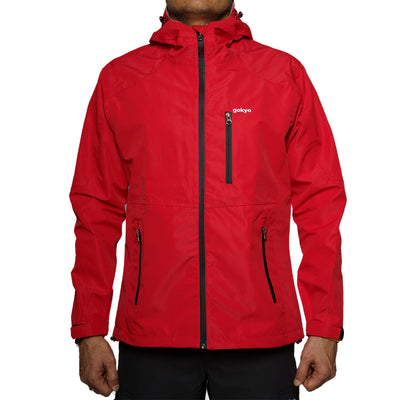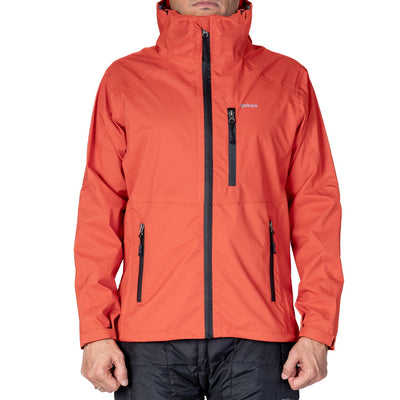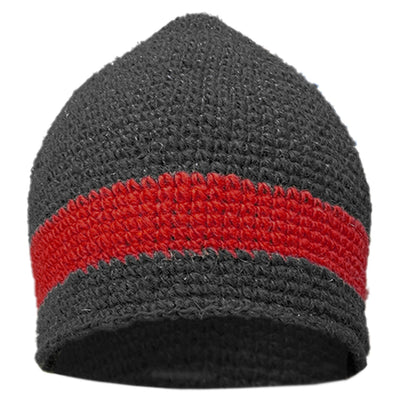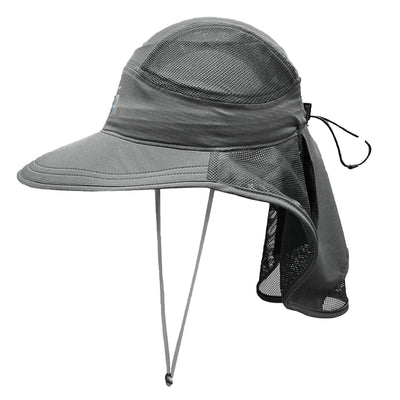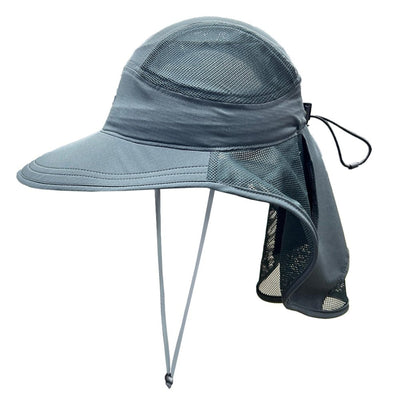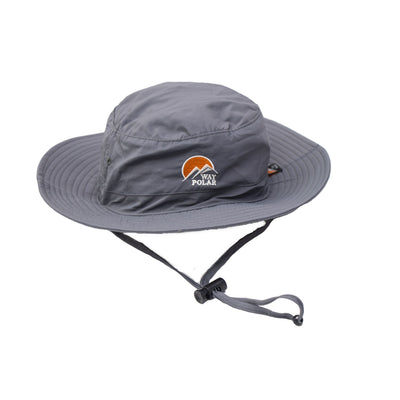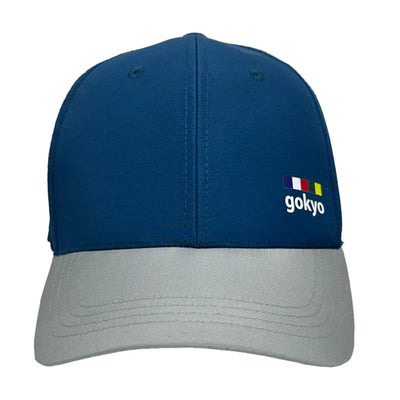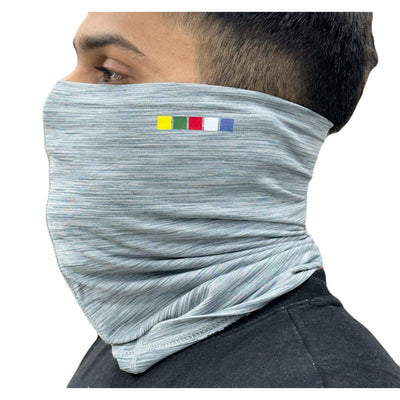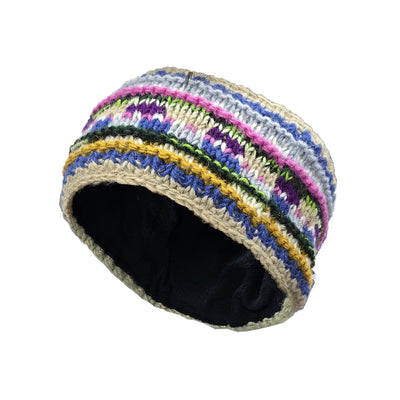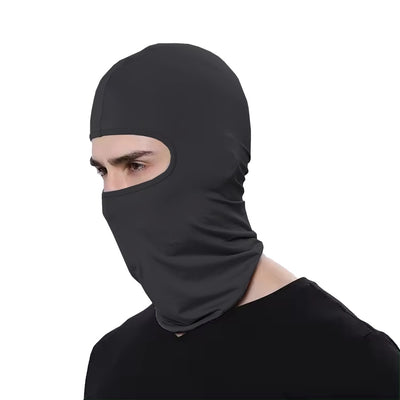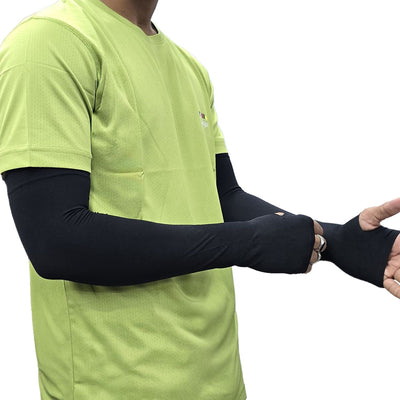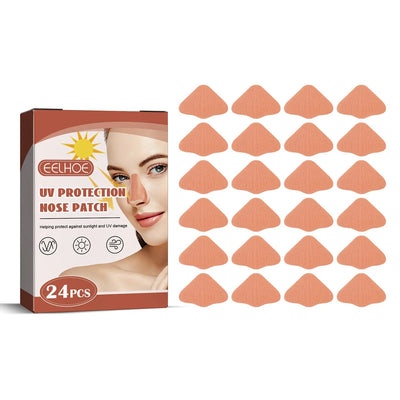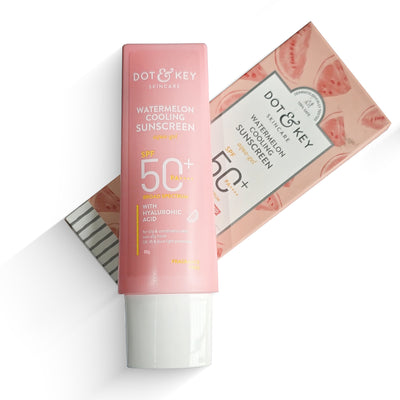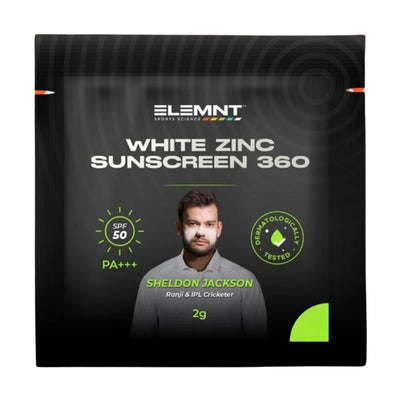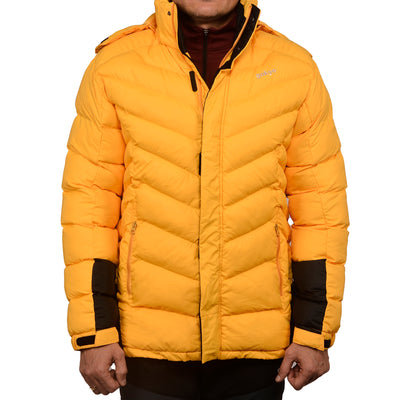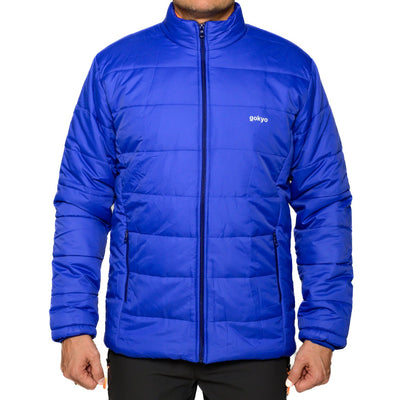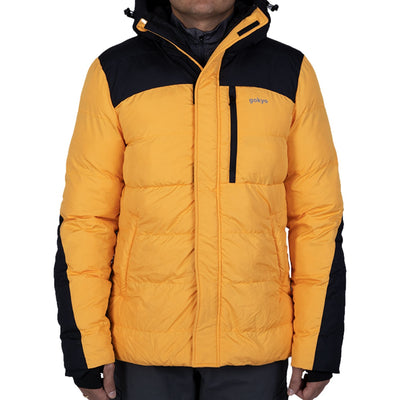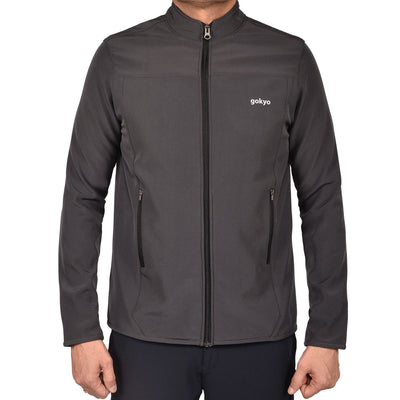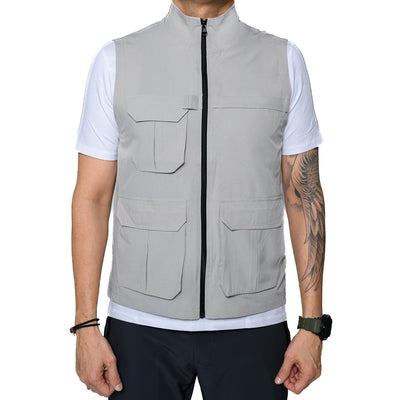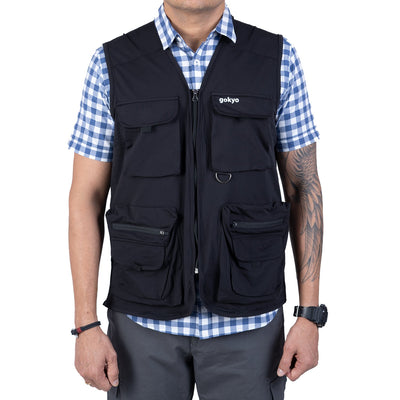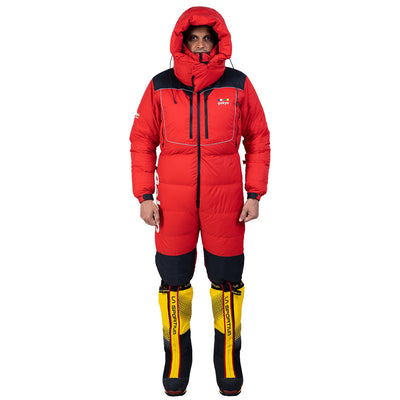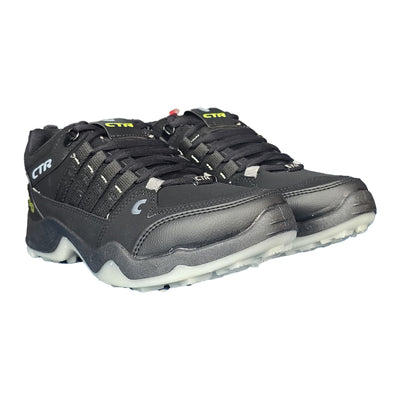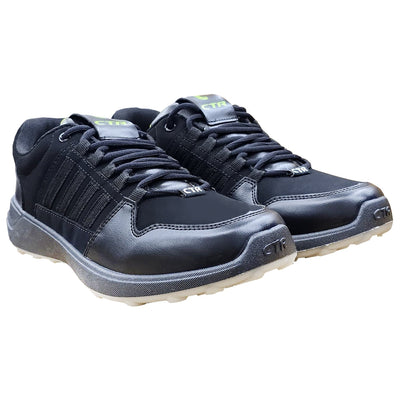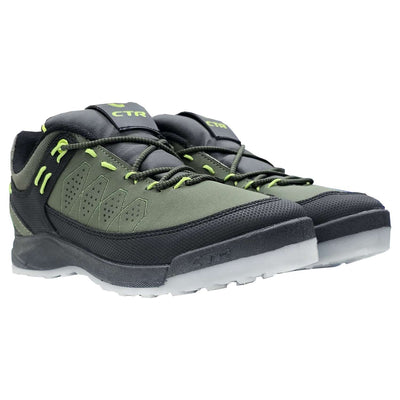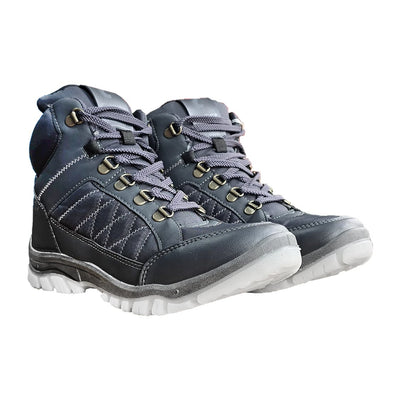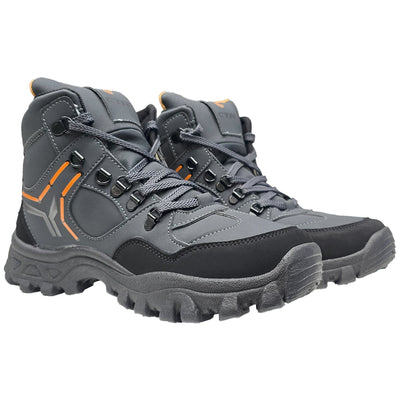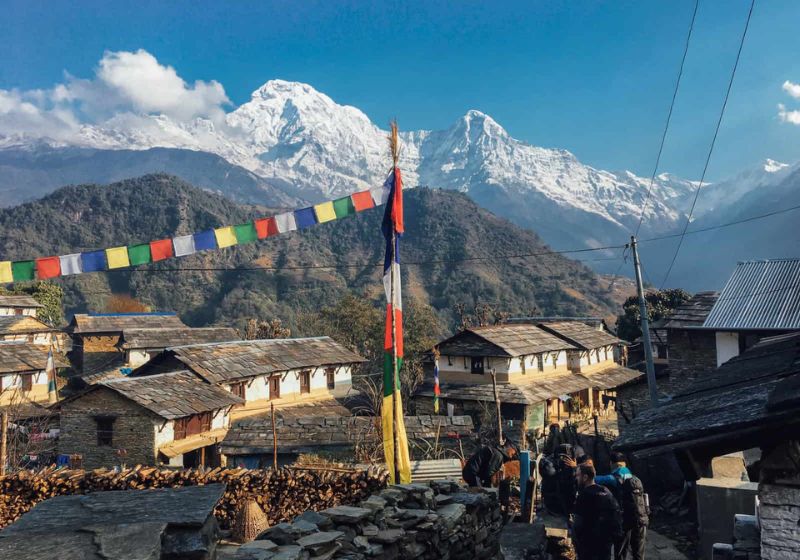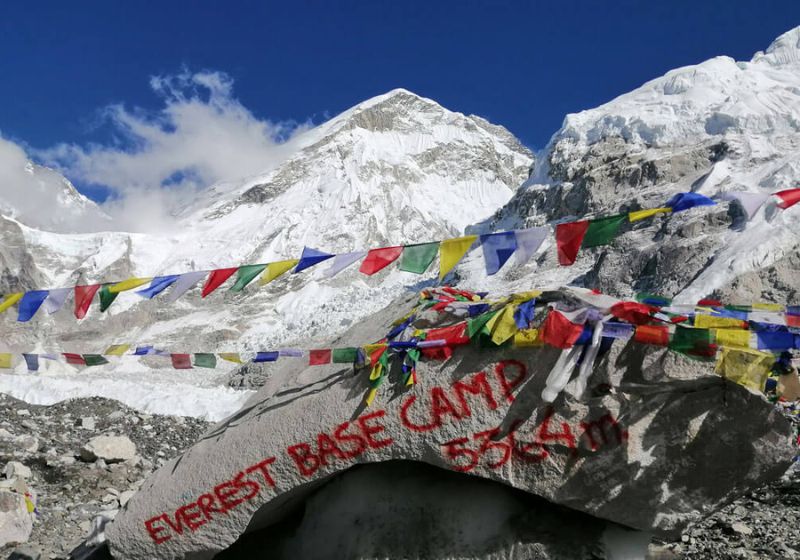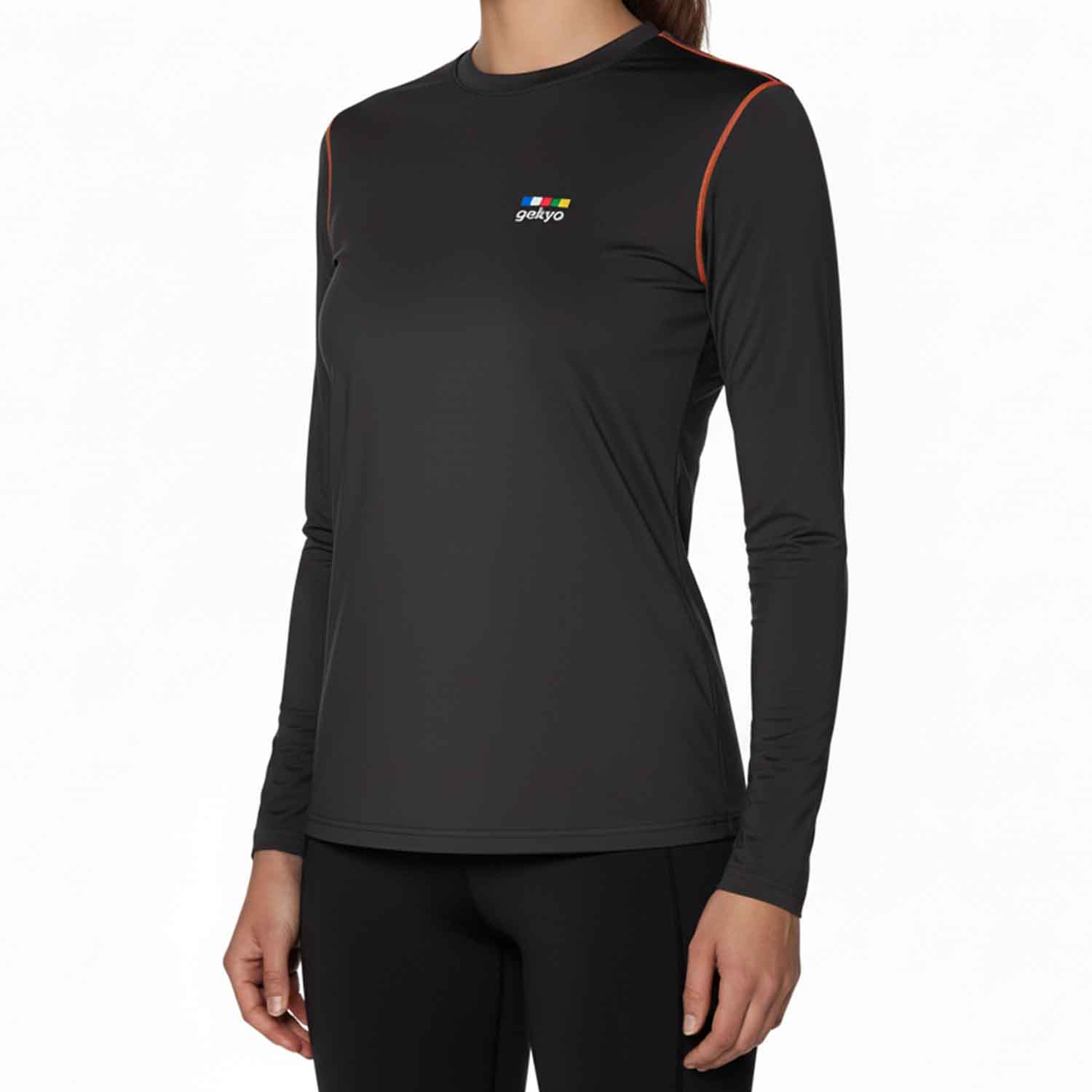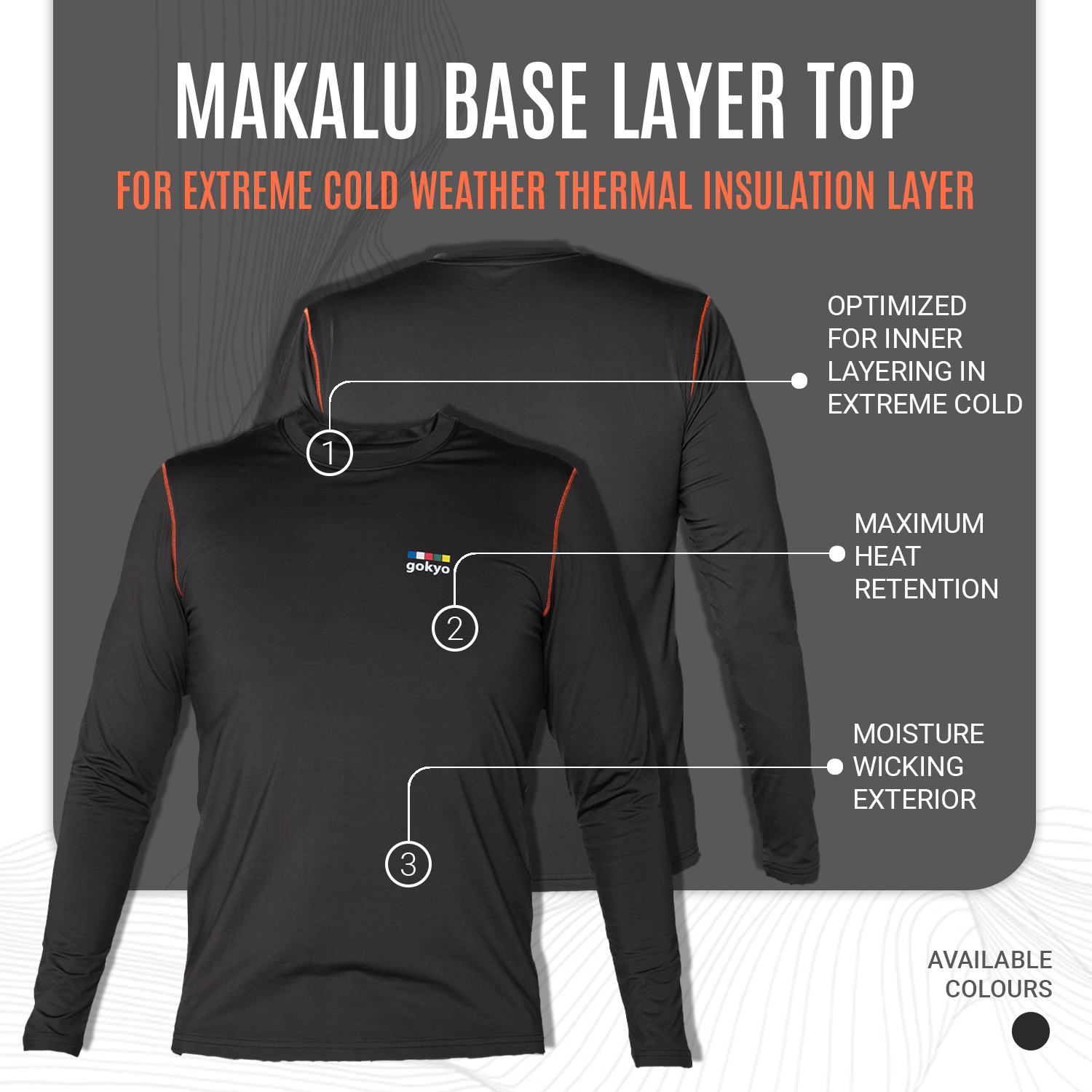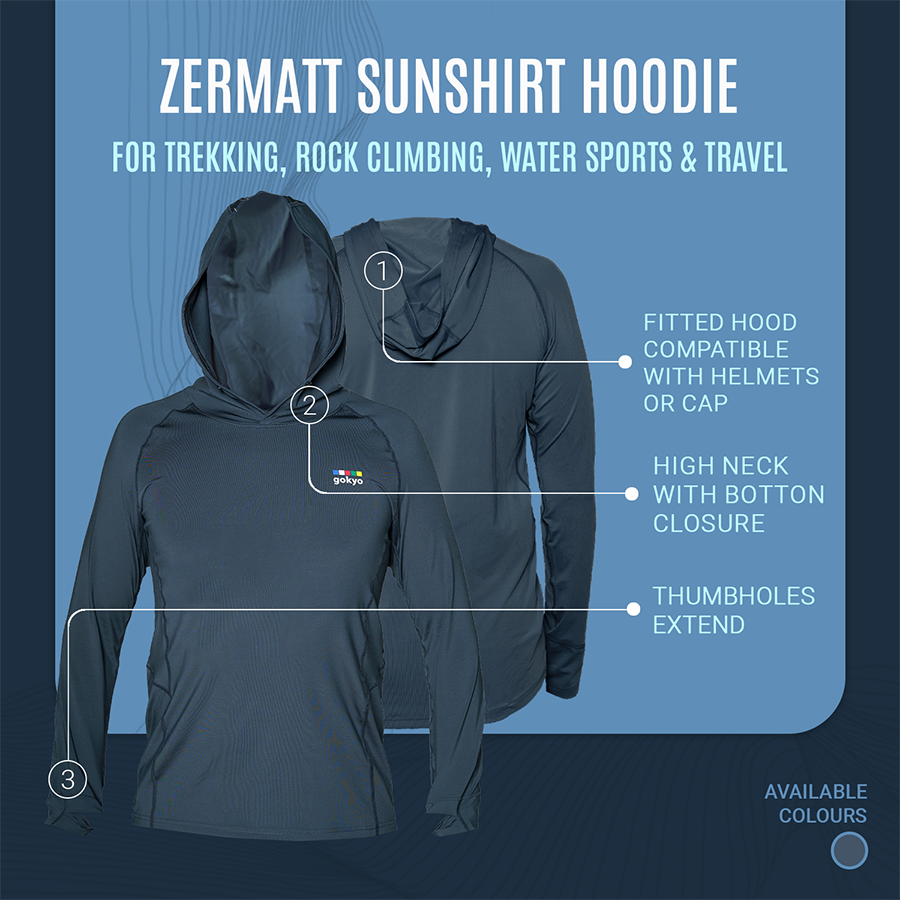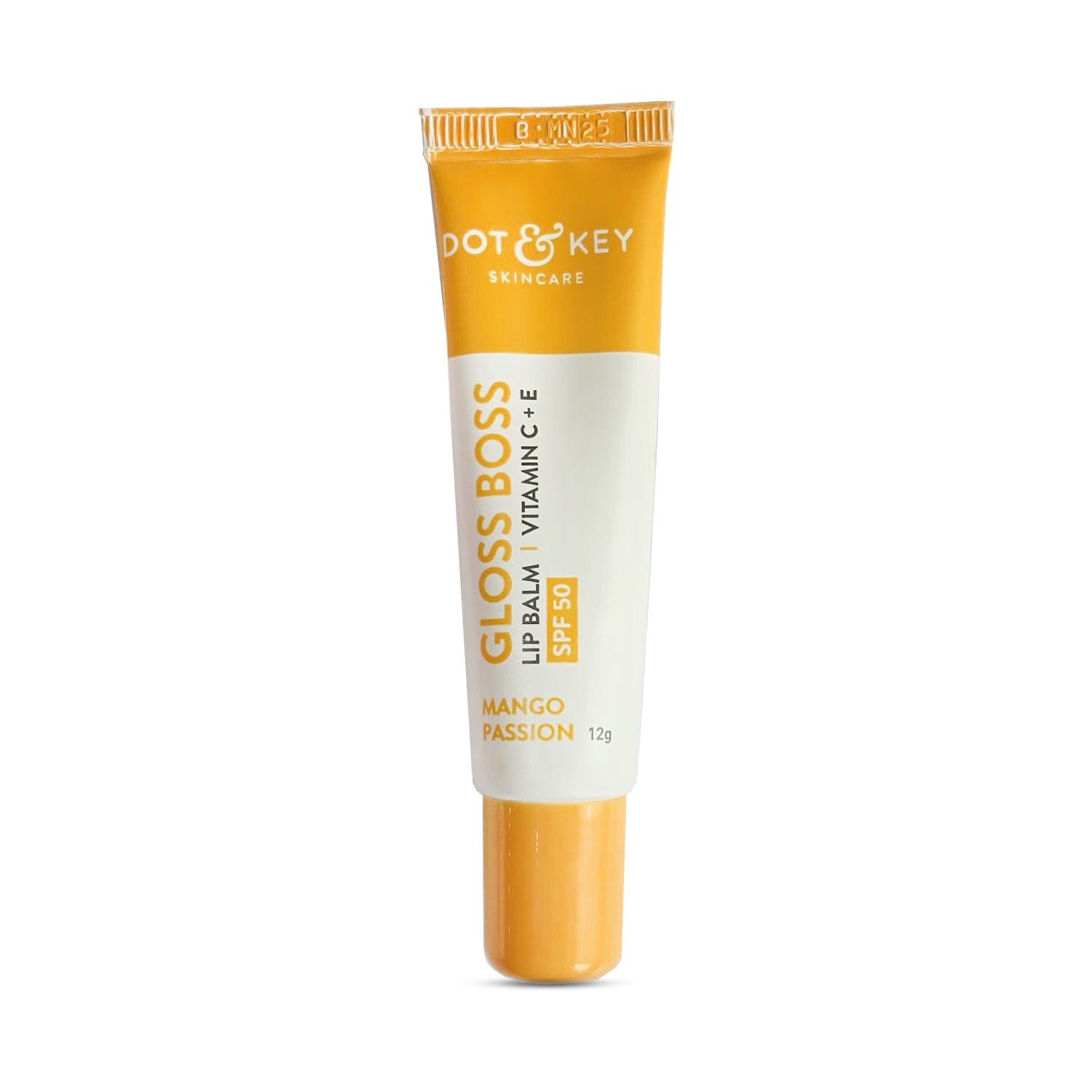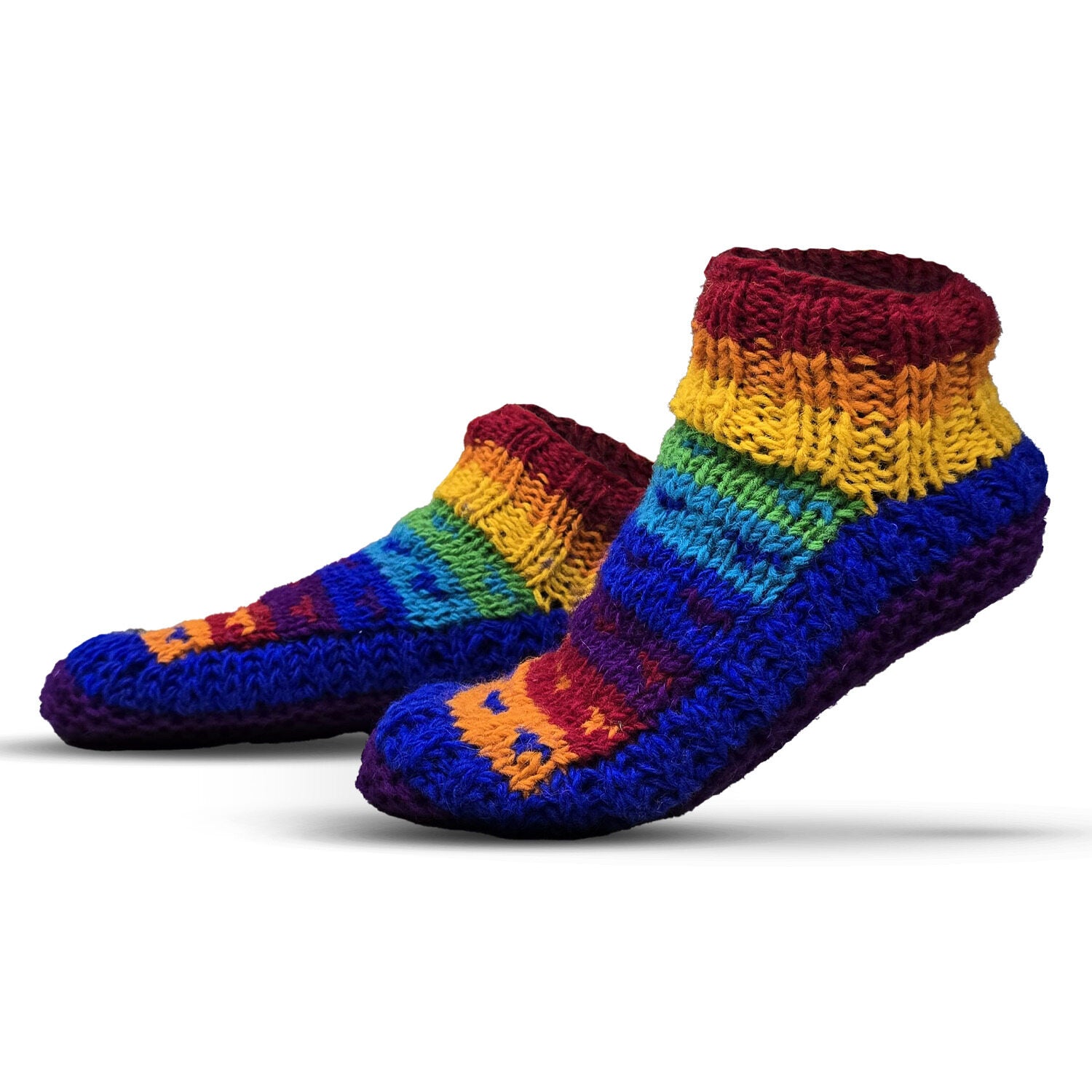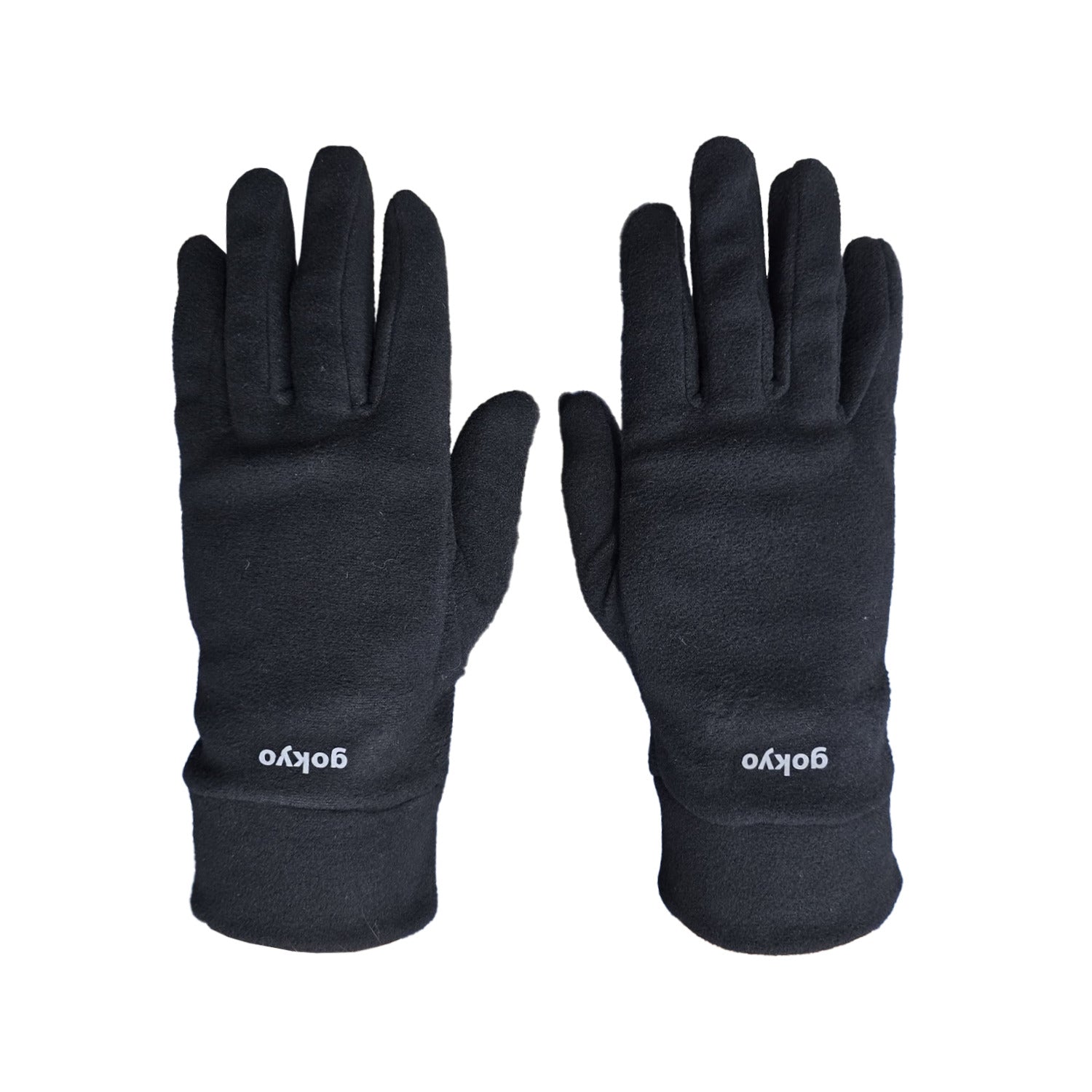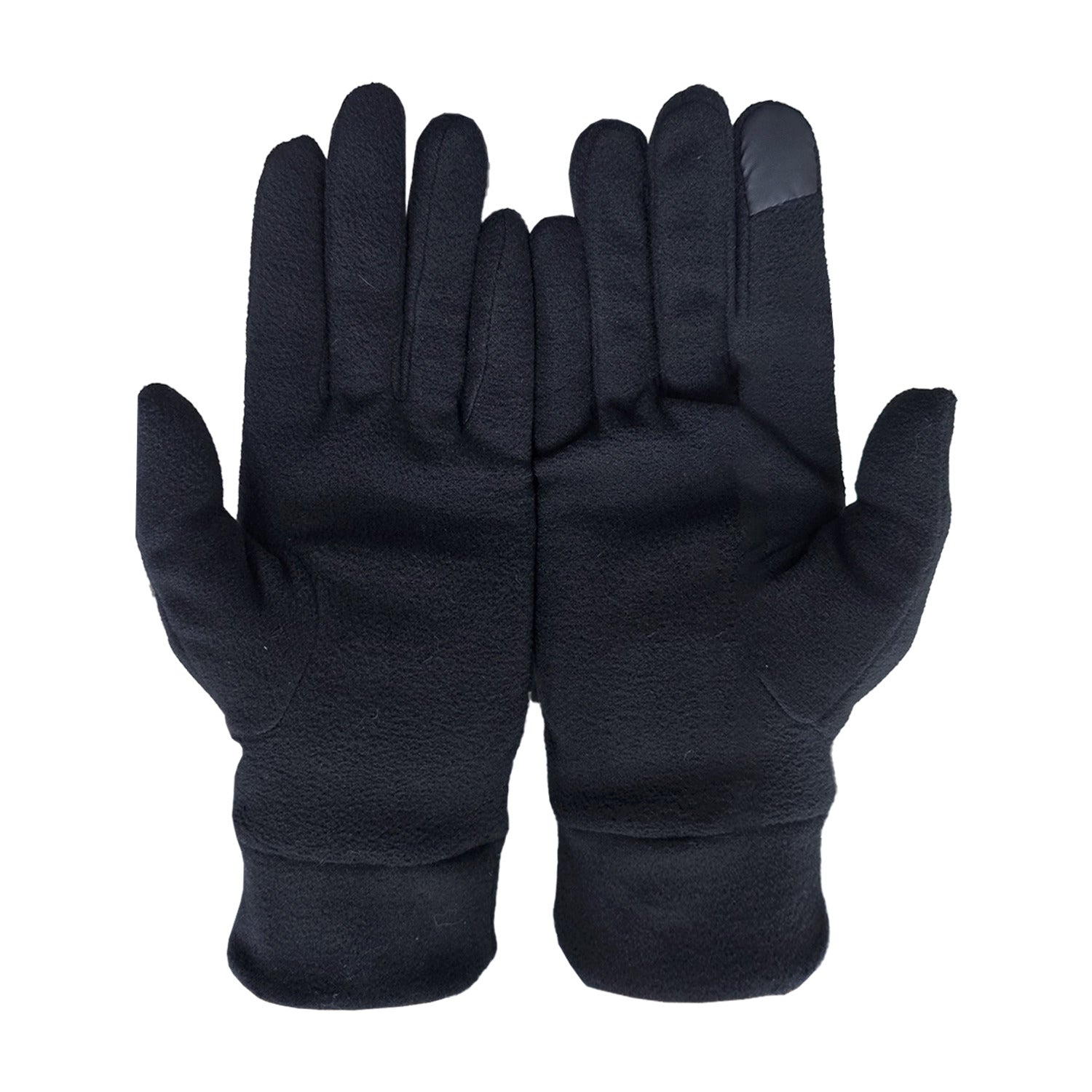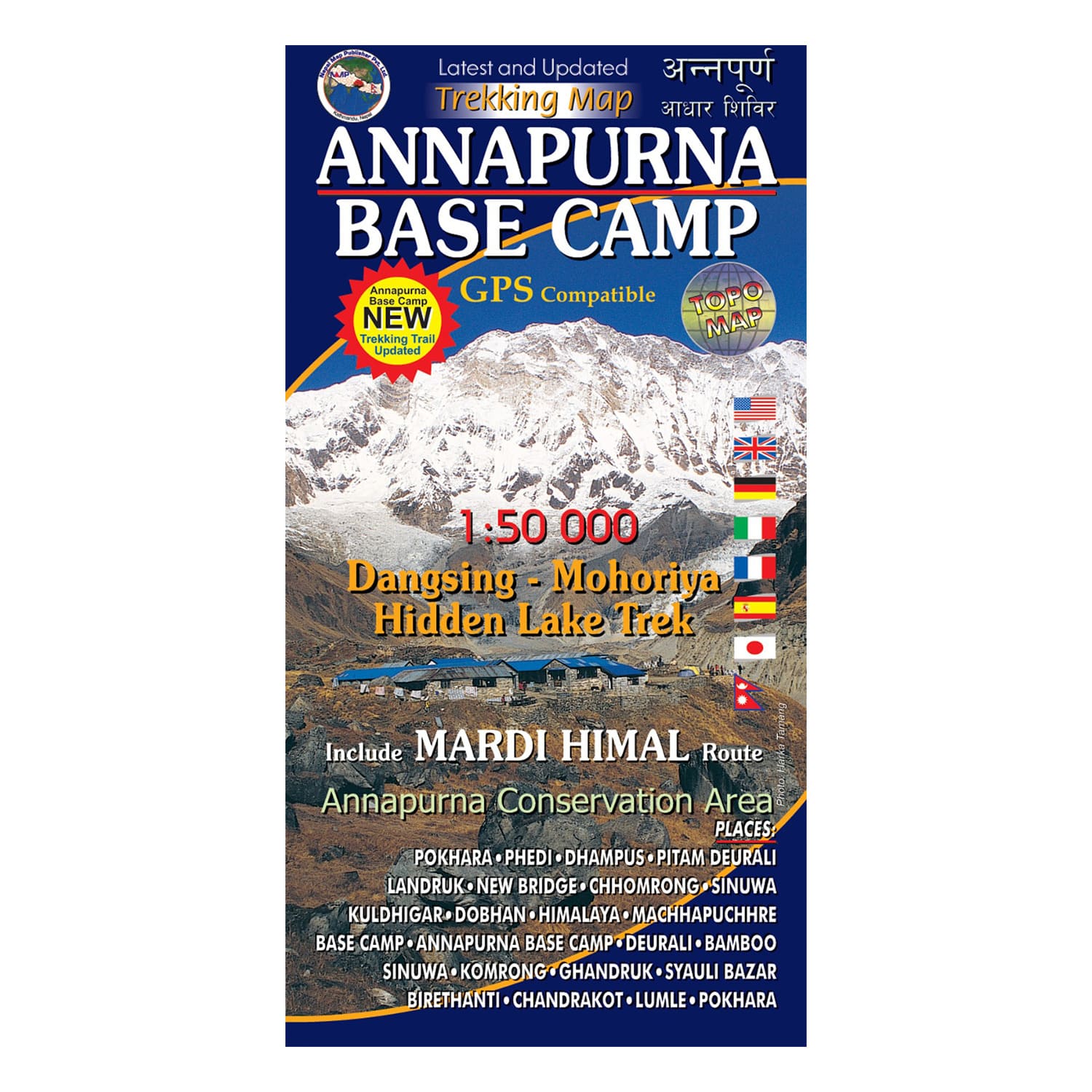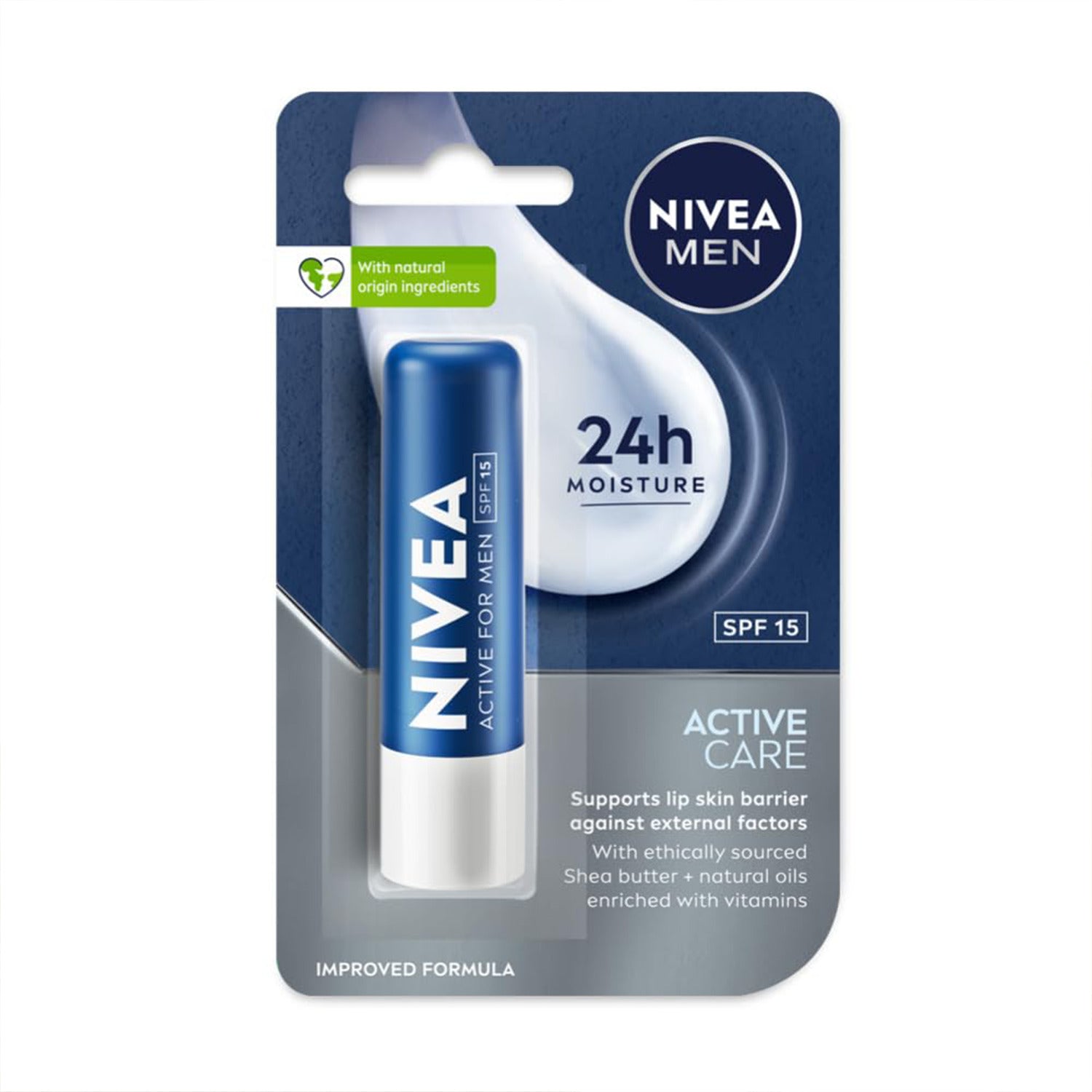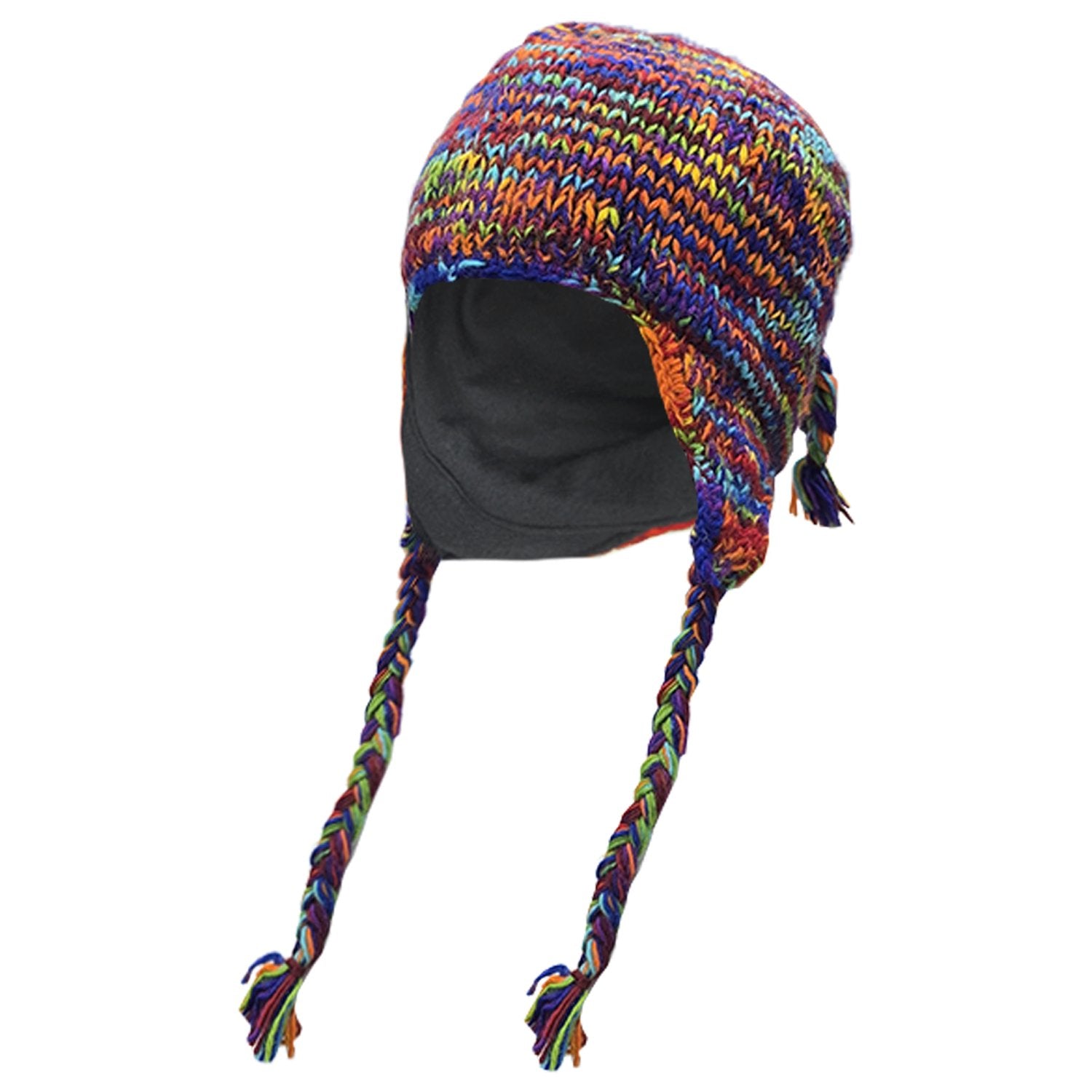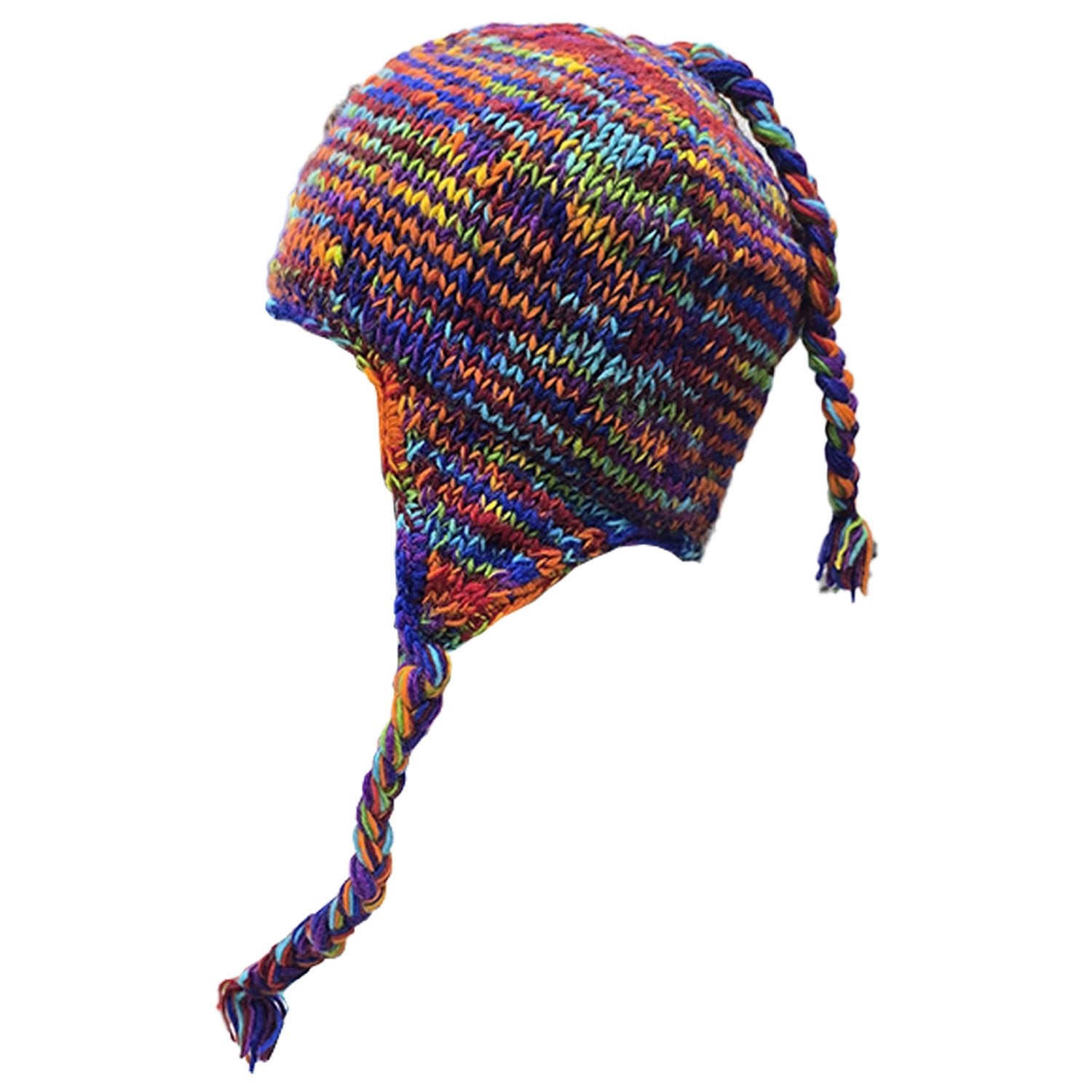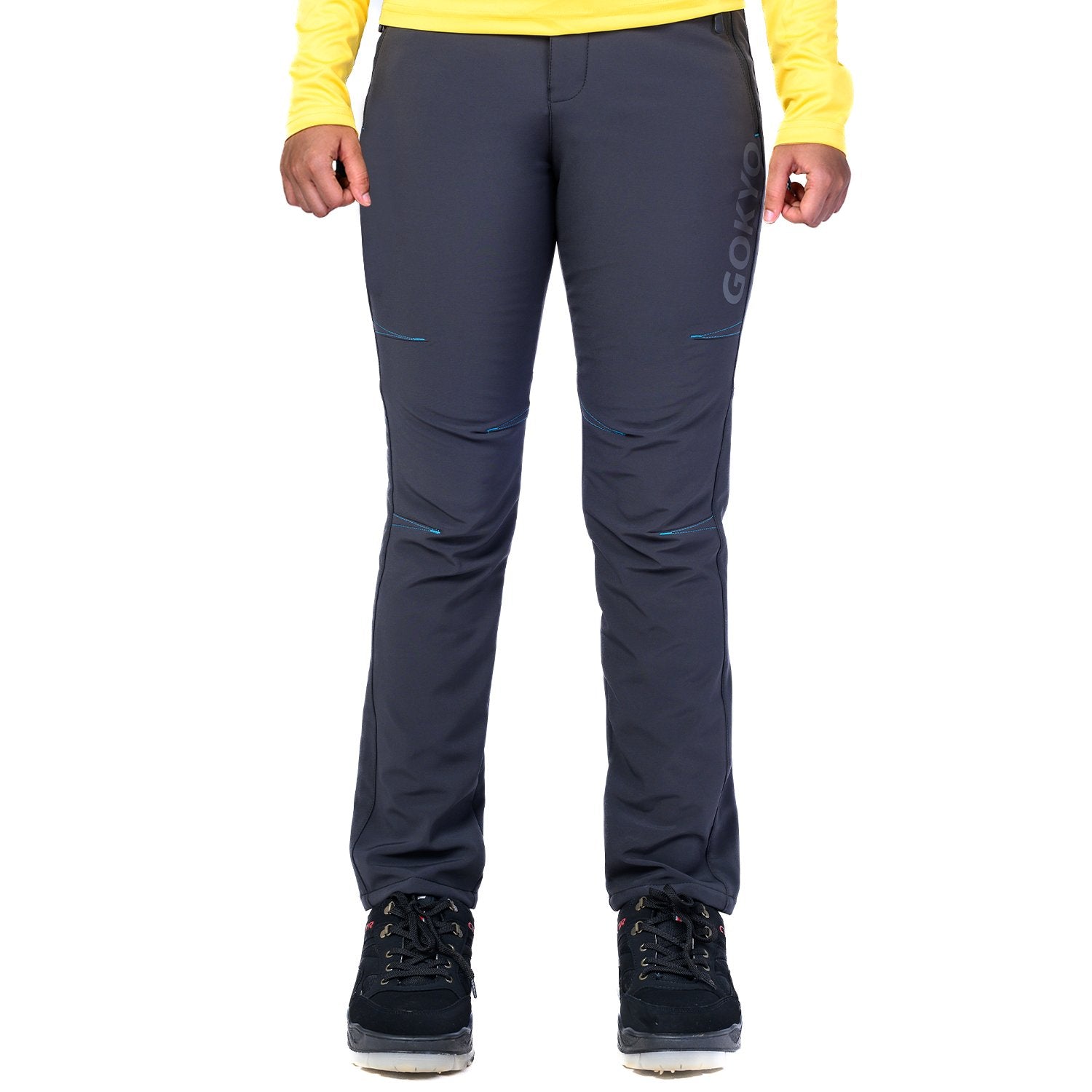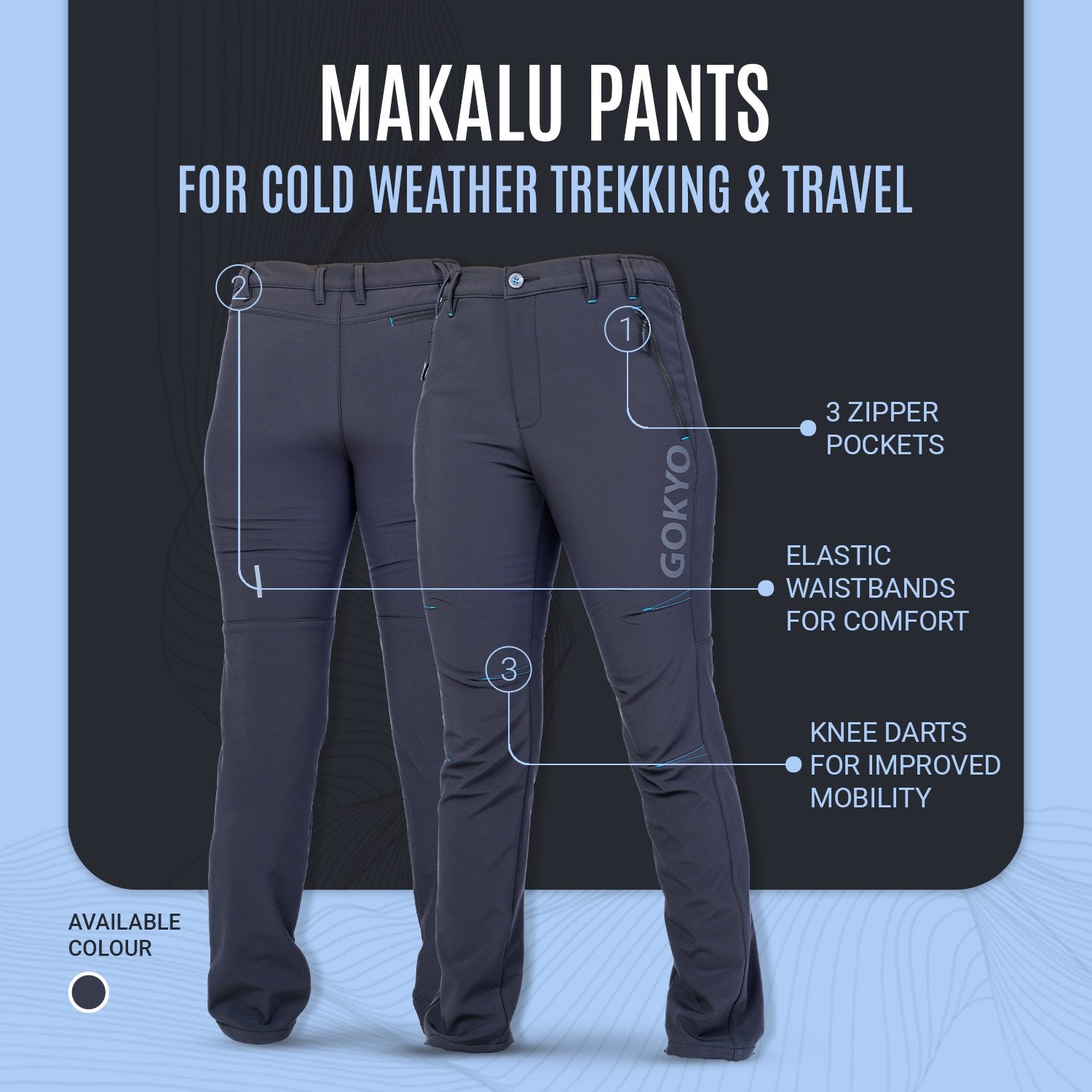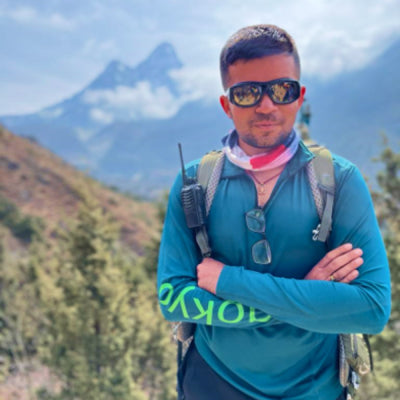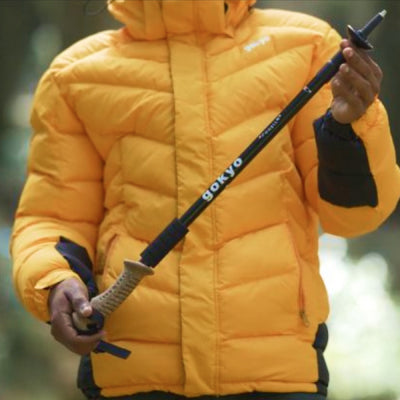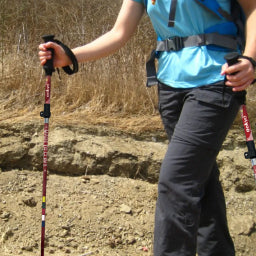The Annapurna Circuit in Winter: A Packing Guide for the Bold & Brave
There's a wonderfully poetic quality to the Annapurna Circuit in winter. The peaks are larger, the trails are quieter, and the cold? The kind that doesn't just touch your skin but permeates your soul and tests your resolve. However, those of you who have enough courage to walk in the months of snow will be rewarded with sights that few will ever see, a neat, crystallized incidence of Nepal's most famous trek.
But do not kid yourself, you are not just walking in mountains. To walk the Annapurna Circuit in the winter takes planning, layering, and a slight sense of insanity. So, for the kind of person who finds solace in adventure and comfort in wildness, this packing list will act as your survival kit.
Why Would Anyone Walk Annapurna in Winter?
Before we dive into lists of items, let's talk about why even consider going in winter.
The trekking season is from March to May and September to November, and it would be accurate to say, as we arrive into December, it will be different in the region.
The trails will be beautiful, the snow will frost the pine forests, villages will sparkle in the pale winter sun, and the only noise on the trail will be the sound of your boots crunching the frost - not even a critter can be found in the woods.
During the day, temperatures in the valleys will be between -2° and 10° Celsius. At higher elevations, overnight temperatures will fall to -15° Celsius. Be prepared for frozen waterfalls, windy mountain ridges, and difficult stream crossings. It is essential to have survival gear to stay warm, especially at high-altitude locations such as Manang and Thorong Phedi, where the wind can easily get through your clothing. Dress in multiple layers and wear sturdy outer garments.
Layer Like a Pro: The Key to Staying Warm
Winter trekking is all about the layering, not the bulk! It is better to have three layers that work together, than five layers that do not work together.
1. The Base Layer - Wicking
This layer is closest to your skin, so don’t use cotton. Use thermal wear that wicks the sweat away from your skin, and keeps you warm. Good quality trekking socks are key here as they keep your feet dry, warm and blister free on those long, cold, walks.
2. The Middle Layer – Insulation
Think about a fleece top or a lightweight down jacket. This layer is meant to hold your body heat in when the winds start howling.
3. The Outer Layer – Protection
This is where your windcheater for men or waterproof shell comes into play, the Annapurna winds do not joke around, especially in or around the pass. This is a layer you can find sturdy and windproof — every rupee is worth spending here.
Explore the Best Windcheater Jackets for Men
Essential Gear You Will Regret Not Packing
Now let’s turn our attention to the stuff that separates the “I made it!” from the “I tried.”
-
Trekking Shoes: Waterproof, high ankle, and pre-broke in. DO NOT start the circuit in a new pair of shoes.
-
Shoes for Trek: Bring a lighter backup pair (trail runners or walking shoes) for walking the village or acclimatization days.
-
Jackets for Men: Get an insulated jacket (either down or synthetic) that will function down to well below zero.
-
Travel Bags: A solid 60–70 L duffel or backpack that can be thrown around and that you can trust to protect your gear.
-
Caps for Men: You need the two — a heavier wool cap for cold and the lighter cap for warm afternoons.
-
Sunglasses: High altitude snow glare can blind you. Use the UV protected polar lenses.
- Windbreaker for Men: Always be aware, wind can pick up unexpectedly on the upper passes.
Stay Cool and Covered with These Trekking Caps
Smart Packing Tips for Annapurna
You aren't trying to pack your whole wardrobe; just make packing smart.
1. Compression Bags are Everything: They save space and help organize clean vs used clothes.
2. Dry Bags for Devices: Snow, moisture everywhere - protect your camera and phone.
3. Snacks On The Go: Energy bars, trail mix and/or nuts will increase your energy during the long ascents.
4. Power Bank + Solar Charger: Villages in the upper regions have little electricity; charging stations are treasure.
5. Don't Forget Trek Poles: They will be your best friend when the snow is thick or slick.
Health, Safety & Mental Preparation
Altitude sickness does not care how fit you are; I think it is best to take your time, listen to your body and follow the general rule - climb high, sleep low.
Drink lots of water, no matter how cold it is outside. Much of your hydration can come from hot herbal tea, but plain water is better. And don't forget the sun; sunscreen and lip balm are as important as your gloves.
Mentally, prepare for your aloneness. The mountains in winter are quiet—eerily so—and that silence can be both comforting and difficult.
Stay Sun-Safe with Lightweight, Non-Greasy Sunscreens
A Word about Gokyo Outdoor Clothing & Gear
When your comfort and safety depend on what you’re wearing, you simply cannot afford to make compromises. To this end, Gokyo Outdoor Clothing & Gear offers gear to help you address those types of adventures where warmth, durability, and mobility are simply not negotiable; whether it’s a cozy pair of trekking socks or men’s windcheater for men jackets, their gear is built to keep you moving forward even in seriously cold weather that can freeze your eyelashes to your cheeks.
Outdoor-Ready Jackets for Men
Beyond the Trek – Why It Stays With You
There’s something about waking up to a frozen window and witnessing the sunlight beginning to spill over Annapurna I that alters your being. Each crunch of snow underfoot, each inhale of crisp mountain air — it’s like meditating on-the-go; the experience is magical.
You’ll come back with achy legs, burnt cheeks, and stories that seem impossible. You’ll come back with something special and much less common: a quiet kind of strength that only the mountains could teach you.
Frequently Asked Questions (FAQs) : What You Should Know Before You Head Out
-
Is the Annapurna Circuit open in winter?
Yes! Some high passes might close during heavy snow, but most trail is still open with the right gear and preparation. -
Do you need a special pair of shoes to trek in winter?
Yes, you should have waterproof, high ankle trekking shoes. Test the shoes before the trek so you don't get blisters or develop discomfort. -
How cold does it really get?
Expect about -10°C to -20°C at high altitudes during night-time. Daytime will be sunny, but usually crisp. -
Can beginners trek in winter?
If you are in decent shape and have the right gear, yes! The Annapurna Circuit is difficult, but even motivated first-time trekkers can do it. -
How do you prevent your electronics from freezing?
If you keep your phone or camera batteries close to your body at night, that should help them not get as cold and not drain as quickly. -
What is the one thing people always forget to pack?
Sunglasses! Snow glare at altitude can cause headaches and can even make you temporarily blind.
Trail-Tested Trekking Shoes You Can Rely On
Conclusion
The Annapurna Circuit in winter isn’t for everyone — it’s for those who want to feel alive. It’s for those who want to push past comfort and find something quieter, purer, and more real.
So, pack light but smart. Layer up. Listen to your breath as it mingles with the wind. And when the snow crunches beneath your hiking shoes, you’ll know — this isn’t just another trek. It’s a chapter of your life written in white.


